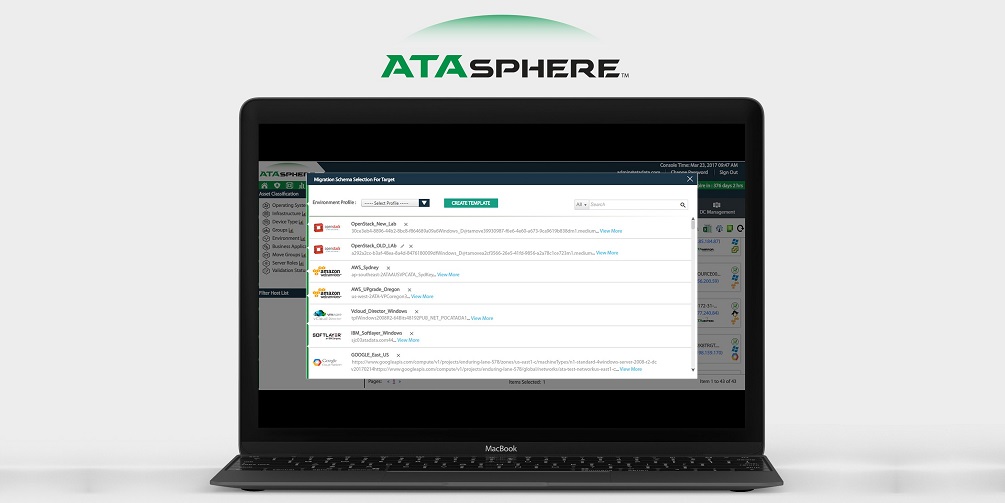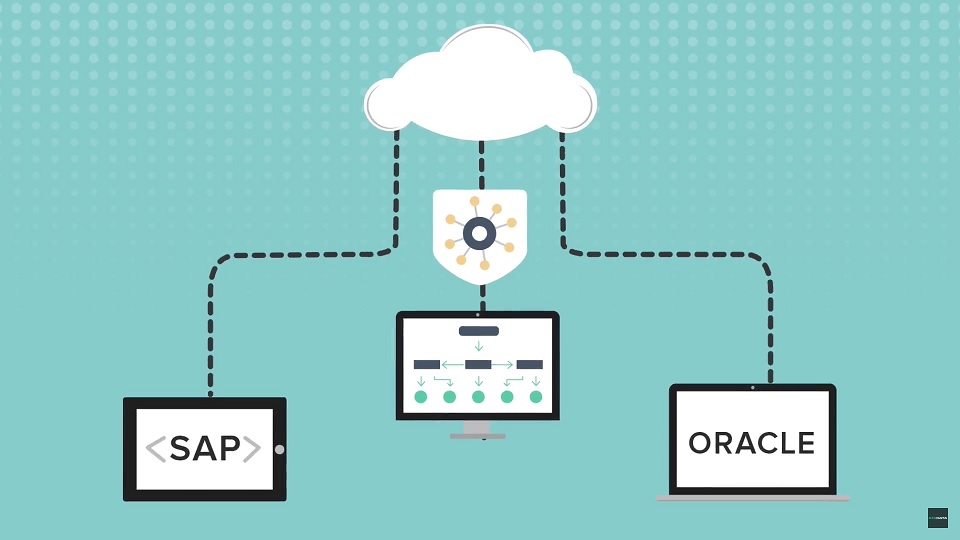
Written by: Charles Wright, CEO and founder of ATADATA
Enterprise systems, which used to be thought of as relatively constant and unchanging, have experienced a frenetic transformation. I’ve seen first-hand how the modern realities of mergers, acquisitions, divestitures and other restructuring, along with hardware and software events like upgrades, refreshes, risk mitigation and expansion, have become the impetus of a cloud-first approach that demands the prioritization of all workload deployments.
Fully 41 percent of all enterprise workloads, according to 451 Research, currently run in some type of public or private cloud and nearly two-thirds are expected to run in the cloud by next year. A study released recently by McKinsey galvanizes this, revealing a significant increase in adoption of private cloud services among large enterprises which are expected to nearly double workloads in the private cloud by 2018.
While migrating to the cloud remains a rare and unprecedented opportunity for matrix organizations to simultaneously retire technical debt and magnify efficiency, only fools rush into a migration decision. My own work with large-scale transformation projects for Fortune 500 companies led me to found ATADATA which focuses on solving the challenges of cloud migration, and has confirmed one universal truth: Enterprise cloud migrations are complex.
They are characterized by a broad range of concurrent active workloads, each distinguished by different performance qualities and varying levels of security and data protection. These attributes also fluctuate over time as spikes in traffic and work cycles influence performance and service needs.
Insight as a strategic asset
The volume of legacy applications, interoperability issues, security gaps and unanticipated application reworks around enterprise cloud migration has continued to accelerate, yet the process for workload migration has remained essentially the same over time. We start by identifying the benefits of a new system, determining the deficiencies in the existing system, and planning for the changeover. However, before earmarking a workload for the cloud there are crucial questions you should ask.
1: Private, public or hybrid, and which vendor?
Before selecting a private, public or hybrid cloud strategy, and before choosing a vendor, consider your business goals. Vendor lock-in often results from contract constraints, among other things. Determine the right mix of cloud resources based on security, governance, performance, growth and cost.
2: What do I have?
Identify what you have in your current IT infrastructure. There may be legacy systems, shadow IT, or existing cloud-based line-of-business workloads that you need to assess. Only once you know what you have today, and you consider what is in- and out-of-scope for a potential migration to the cloud, can you make a decision as to the appropriate cloud configuration.
3: How is my infrastructure performing, and can it be improved in the cloud?
Understand the utilization of your current infrastructure and how your applications are performing. This requires clarity on utilization levels, and an evaluation of how servers may be right-sized as part of a move to the cloud.
4: What will the cloud look like, and how do I get there?
Determine your long-term needs in terms of performance, scalability and flexibility. This requires defining how you are going to build-out your new cloud infrastructure, and how you will move data and workloads to your chosen cloud platform.
5: Why do I need a migration strategy, and how do I get one?
Define the criteria against which you will judge the success of your migration strategy, and then evaluate your migration methodology accordingly. Choosing your service partner and project team wisely means you can trust them with a broad range of enterprise workloads, both routine and business-critical.
6: What OEM application support model do you need?
Not all licensing and support models are the same. At some point, you’re going to experience a service-level issue or unanticipated rework. A responsive, flexible and most importantly reliable support model is crucial for any enterprise cloud strategy.
7: What is my get out of jail free card?
Can you get back out of a cloud platform as easily as you got in? Think about your exit strategy, even if you have no intention of changing your mind. Knowing you can go back to where you started or change providers gives you more bargaining power and eliminates vendor lock-in.
The bottom line
Despite the roadblocks, my experience convinces me that migrating enterprise workloads to the cloud does not have to be fraught with risks and unknowns. Avoiding potential disaster requires a disciplined approach to planning that asks the right questions before you map out your strategy–you should plan for both the best and worst case scenario.
Given the unique complexity of enterprise workloads, consider the migration’s effect on the entire organization and its systems. This can be made easier by considering technology that provides for seamless mapping, management, migration and protection of enterprise workloads, and is especially important when working with a combination of on-premises, hypervisors, private and public clouds.
On the horizon
There is a trend toward consolidation of point solutions into workload mobility platforms that are built from the ground up for these purposes. ATADATA, for instance, addresses large-scale transformation projects with a set of technologies under a single pane of glass for simple, rapid portability of data and complete application stacks.
Selecting the right technology is as important as selecting the right cloud partner. Risks can be reduced and the benefits of the cloud more easily and quickly realized by ensuring you have a winning strategy in place that considers both. In the end, successful migration of enterprise workloads is within easy reach if you start by asking the right questions.
Activate Social Media:


 Related:
Related:  Related:
Related: 